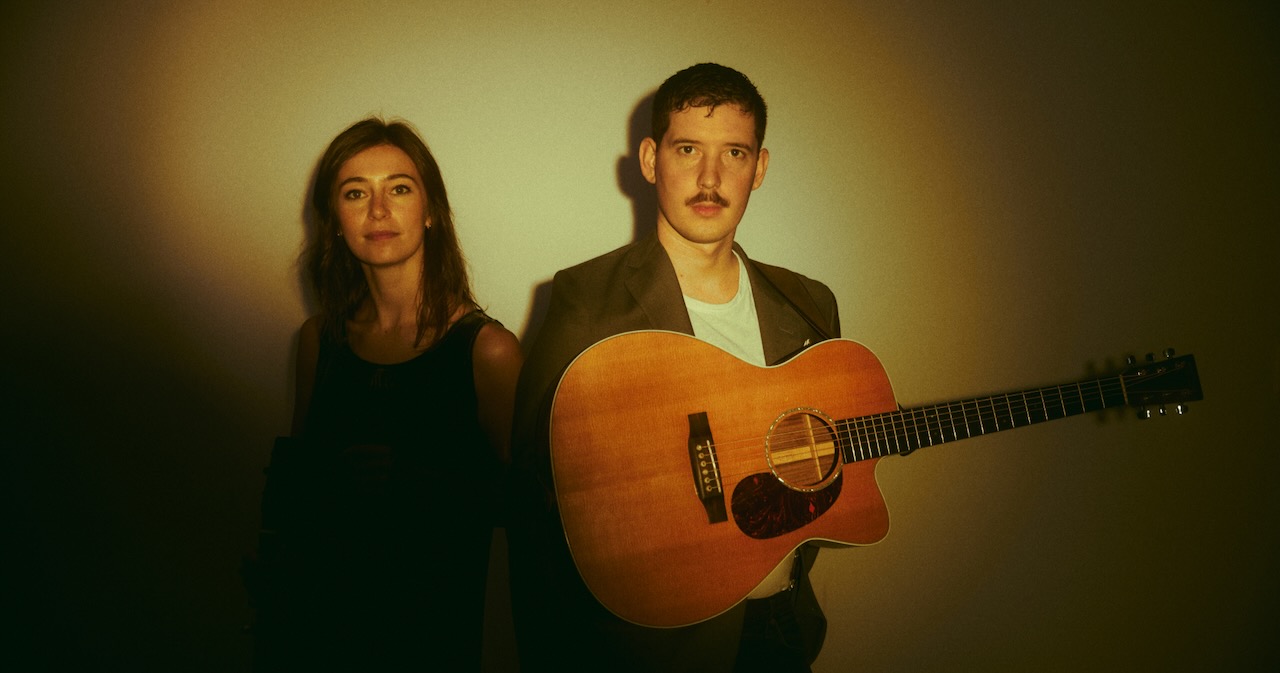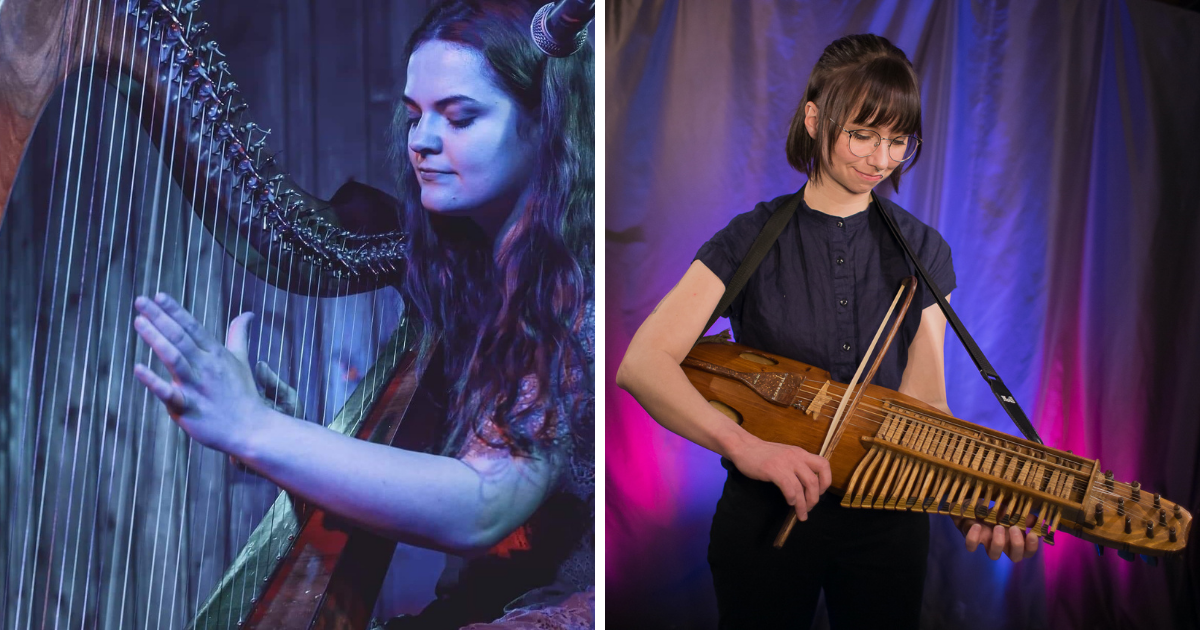As a duo rooted in both Celtic and American traditions, we find the intersection of these worlds to be a rich and endlessly inspiring place. From the rhythmic drive of Irish & Scottish reels to the melodic storytelling of ballads, we’ve always been captivated by how these two traditions speak to one another. They each carry a sense of community and history, and both offer the chance to push boundaries and explore something new.
Our latest album, Now, O Now, wants to embrace this duality. It’s a reflection of our love for these traditions, but also a hope to continually reinterpret them. This Mixtape is a collection of the kinds of tunes and songs that have shaped our journey – music that evokes both the wild energy of a late-night session and the quiet contemplation of a solo walk through the woods.
These tracks are selected from the voices of friends, mentors, and heroes who have inspired our original music along the way. We hope you enjoy the mix! – Rakish
“6 Then 5” – Seamus Egan
We love to put this track on at the beginning of a long drive. Seamus continues to be a master of bringing together composition, sound design, and groove.
“Goodbye” – Sean Watkins & The Bee Eaters
This whole record is great; it combines Sean Watkins’ brilliance with the thoughtfulness of The Bee Eaters, who happen to be some of our favorite musicians in the world.
“765” – Rakish, Jamie Oshima
We composed these tunes and had the idea of having our good friend Jamie Oshima produce/remix the track. He’s an incredibly thoughtful and agile musician and brings such a unique aesthetic to new fiddle music. Thanks Jamie!
“Hidden Love/Sheila Coyles” – Four Men & A Dog
We listened to this album in the car recently and this track was so good that Conor had an epiphany about how it brought together all the elements of arranging music that inspire him: highly poetic language, mystery, and an excellent Irish tune.
“City In the North” – Maeve Gilchrist
Maeve is remarkable at seemingly everything she puts her hands to; this song highlights not only her virtuosity and inventive harmony, but also her narrative ability to weave melancholy and joy.
“Bull Frogs Croon (Suite)” – Aoife O’Donovan
This whole record is potent for so many reasons. Aoife’s setting of Peter Sears’ poems is a reminder of her singular gift for putting melody to text, and Jeremy Kittel’s string arrangements are some of the best we’ve ever heard!
“Jack Dolan” – John Doyle
Just of the grooviest versions of a ballad ever from the preeminent master of Irish guitar in the modern era.
“Imaginary People” – Viv & Riley
Viv & Riley are at the forefront of writing incredible original music inspired by their traditional music backgrounds. We’ve admired them for a long time and they always blow us away.
“6 O’Clock in the Morning” – Darrell Scott
Tristan Clarridge, who always has the best listening recommendations, turned us onto this album. This track stands out with its intense lyricism and amazing instrumental orchestration.
“Turn the Page Again” – Tim O’Brien
We’ve loved this song for so long. This whole album is incredible, but this track in particular has been a source of inspiration by bringing together Tim’s songwriting, John Doyle’s groove, and Casey Driessen’s improvisational style.
“We’ve Got Our Friends” – Maura Shawn Scanlin
Maura’s solo record impeccably brings together the many things she excels at (and some of the things this playlist hopes to demonstrate): instrumental acuity, lyrical thoughtfulness, and masterful arranging.
“Strange Vessels” – Caoimhin Ó Raghallaigh & Thomas Bartlett
Conor listens to this album all the time. It’s a source of inspiration and a reminder to make music that feels relaxed and to not use too many notes.
“Dear Starling” – Pumpkin Bread
This is a favorite tune from a band with some of our best friends we were a part of in our college days. Thanks for listening!
Photo Credit: Sasha Pedro

